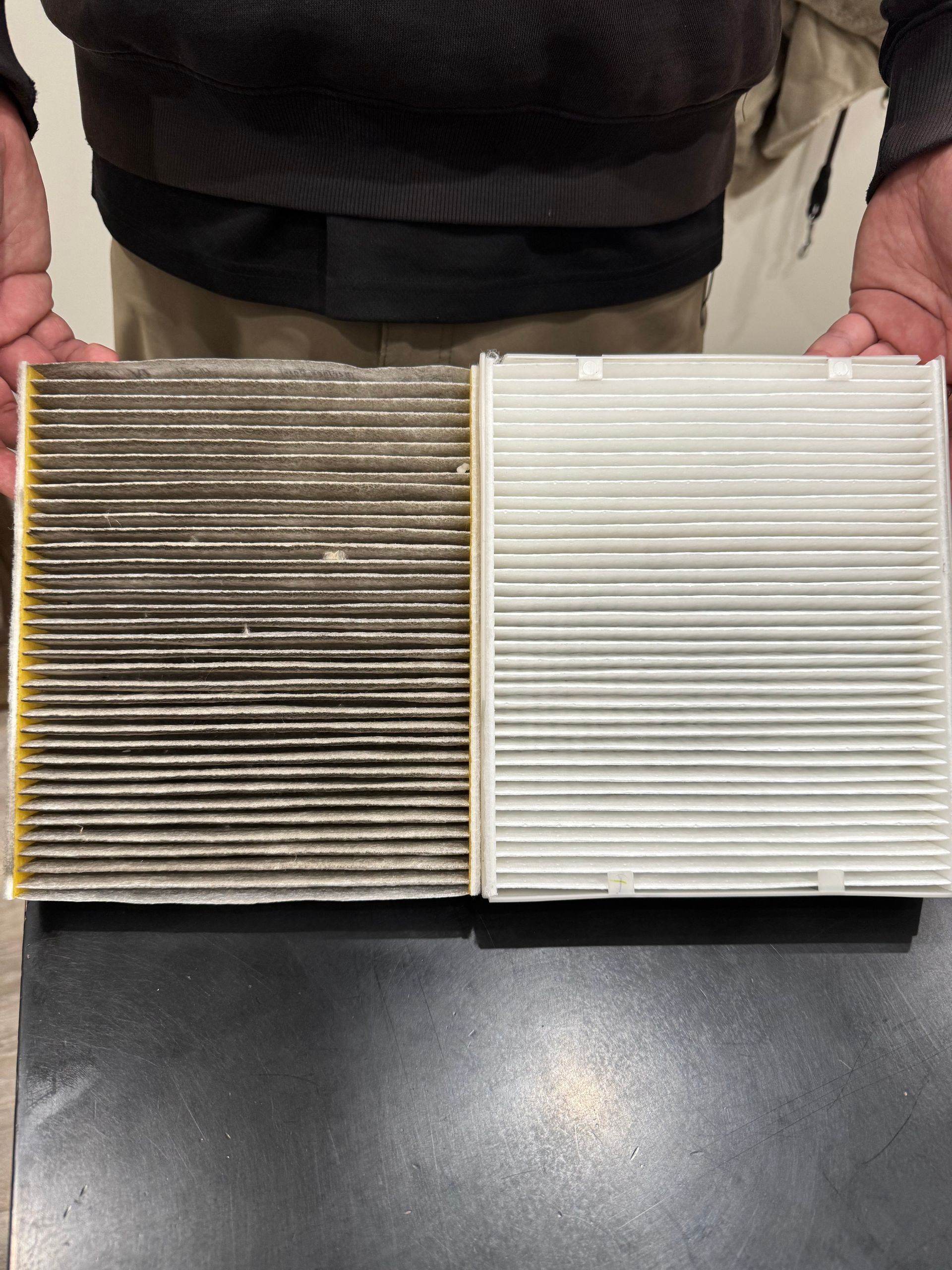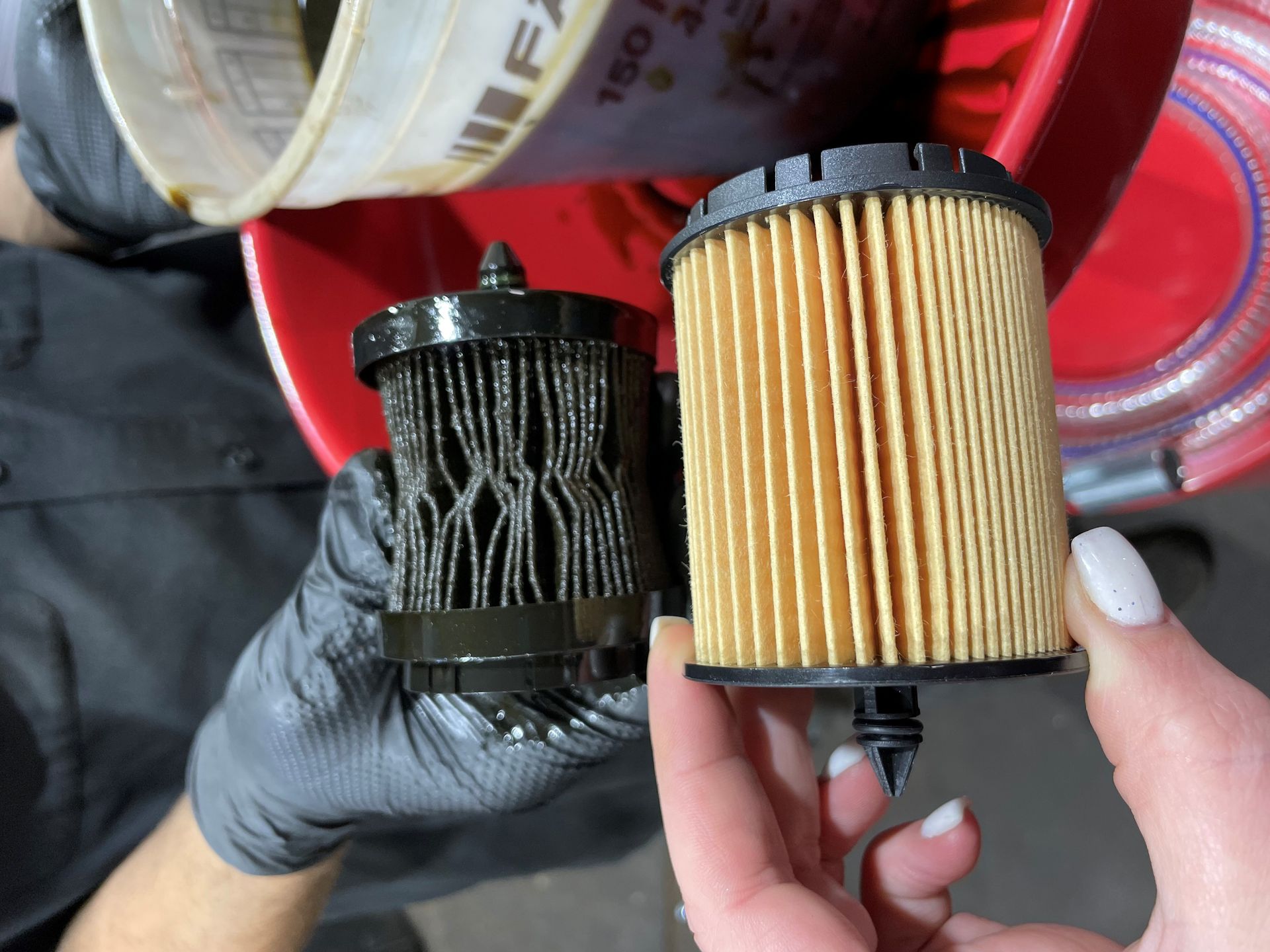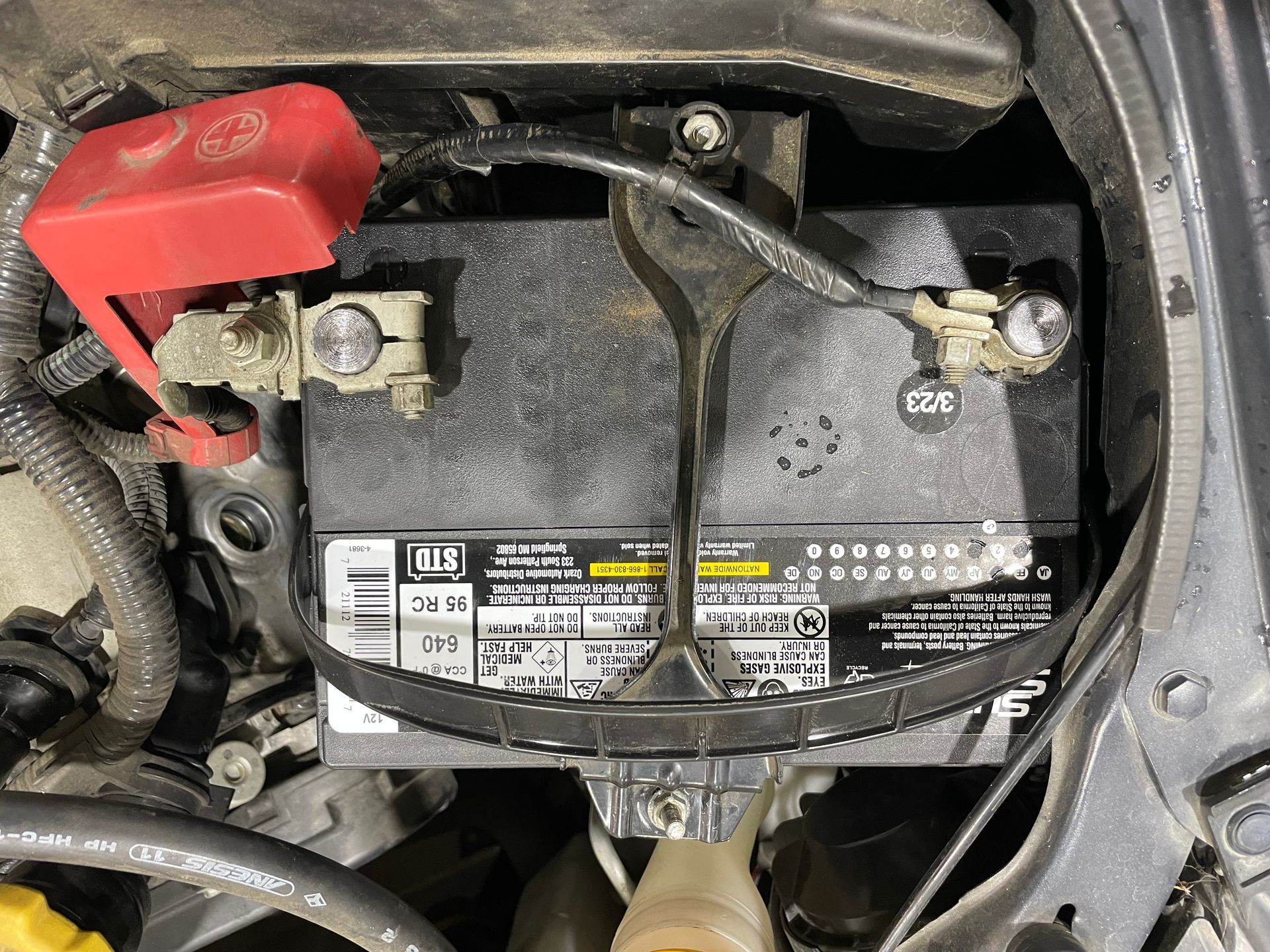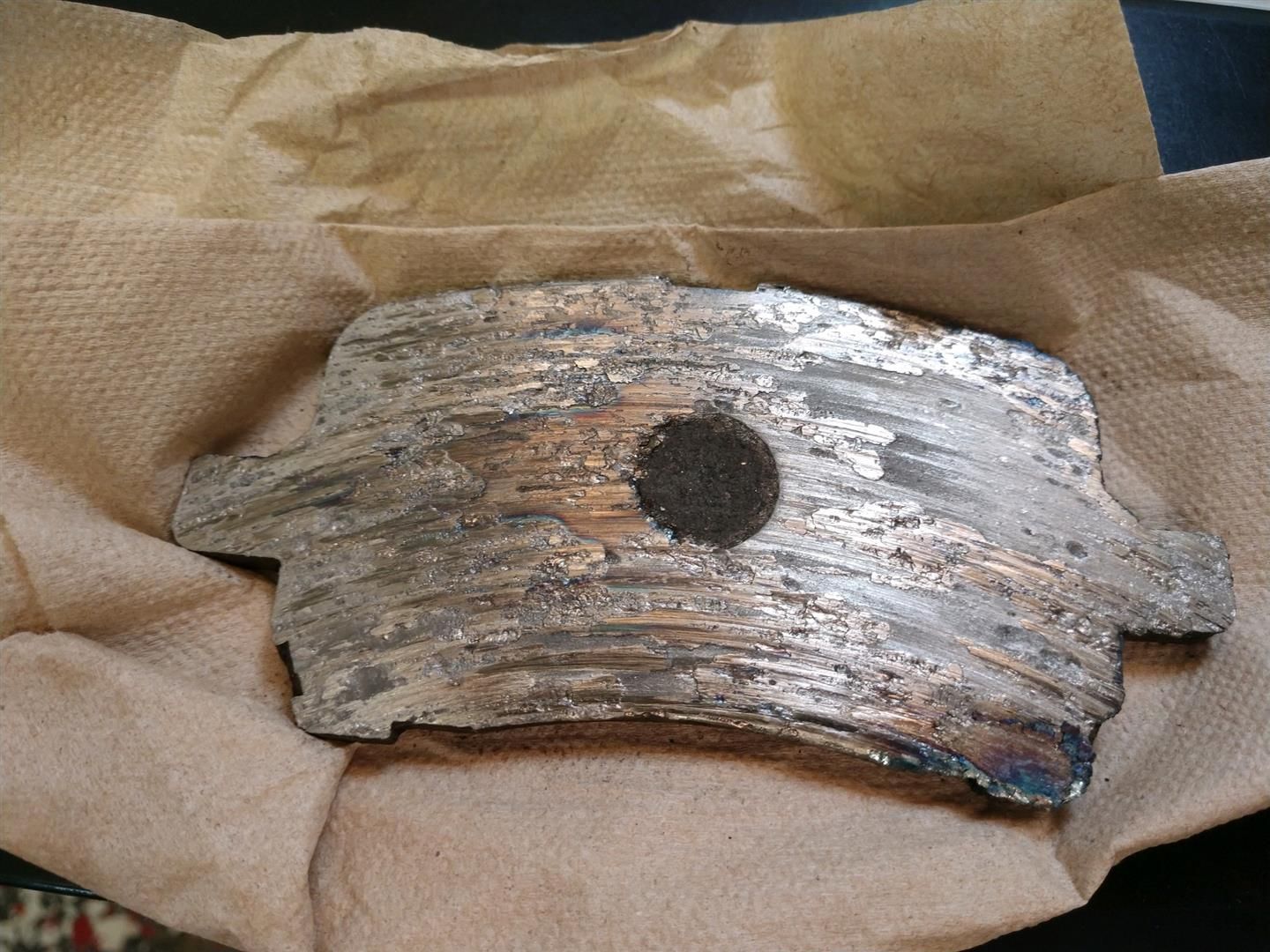Loading ...
Missing business hours data / Error occurred while getting the data.
Loading ...
Missing business hours data / Error occurred while getting the data.
Carbon Buildup and Your EGR Valve

One common culprit behind performance issues is carbon buildup, and a key player in this scenario is your Exhaust Gas Recirculation (EGR) valve. While the EGR system is designed to reduce harmful emissions, its very function can contribute to the accumulation of stubborn carbon deposits. Let's dive into what carbon buildup is, how the EGR system is involved, and what you can do about it.
Carbon buildup - During the combustion process, fuel and air ignite to create power. However, this process isn't always perfectly clean. Small amounts of unburnt fuel, oil vapor from the crankcase ventilation system (PCV), and soot can be left behind. Over time, these byproducts bake onto various engine components, forming a hard, black, tar-like substance – carbon buildup.
Intake Manifold and Ports: Restricting airflow into the cylinders.
Intake Valves: Hindering proper valve sealing and airflow.
Combustion Chamber: Reducing volume and potentially causing hot spots.
Piston Rings: Leading to blow-by and reduced compression.
EGR Valve and Passages: Causing the valve to stick or become blocked.
The EGR system plays a crucial role in reducing nitrogen oxide (NOx) emissions, a major contributor to smog. It works by recirculating a small portion of the exhaust gases back into the intake manifold. These exhaust gases are inert (low in oxygen), which lowers the combustion temperature, thus reducing NOx formation.
So, where does the carbon buildup come in? The exhaust gases being recirculated contain the very byproducts that contribute to carbon deposits: soot, unburnt fuel particles, and oil residue. As these gases pass through the EGR valve and its associated passages, these particles can stick and accumulate, especially in areas where the flow is restricted or temperatures are lower.
Excessive carbon buildup and a malfunctioning EGR valve can lead to a range of performance problems.
Reduced Engine Performance. Restricted airflow and inefficient combustion lead to a noticeable decrease in power and acceleration.
Poor Fuel Economy. The engine has to work harder to compensate for the restricted airflow, resulting in increased fuel consumption.
Rough Idling. Irregular combustion due to carbon deposits on valves can cause the engine to idle unevenly.
Hesitation or Stuttering. Especially during acceleration, the engine might hesitate or stutter due to improper airflow or EGR function.
Increased Emissions. A blocked or stuck EGR valve can prevent it from properly reducing NOx emissions, potentially leading to failed emissions tests.
Engine Knocking or Pinging. Carbon deposits in the combustion chamber can create hot spots that cause pre-ignition or knocking.
Check Engine Light. A faulty EGR valve or significant carbon buildup can trigger the check engine light.
What Can You Do About Carbon Buildup and EGR Issues?
While some carbon buildup is inevitable over time, there are steps you can take to minimize its impact and maintain a healthy EGR system:
Regular Maintenance. Follow your vehicle's recommended maintenance schedule, including oil changes. Fresh, high-quality oil can help reduce oil vapor entering the intake system.
Quality Fuel. Using higher-quality fuel with detergents can help keep fuel injectors clean and potentially reduce some carbon deposits.
Short Trip Avoidance. Short trips don't allow the engine to fully heat up, which can exacerbate carbon buildup. Try to incorporate longer drives when feasible.
Engine Load. Occasionally giving your engine a bit of a workout can help burn off some carbon deposits.
Carbon buildup and a potentially clogged EGR valve are common concerns. If you suspect excessive carbon buildup or are experiencing symptoms of a faulty EGR valve give us a call and let us take care of you.
Happy Adventures,
Heather
Our specials can be found here - Specials - J & H Automotive, Inc
Ready to make an appointment … Appointments - J & H Automotive, Inc
Want to know more … About Us - J & H Automotive, Inc
Would you like to join our merry band of misfits? Careers - J & H Automotive, Inc
Want to know more…
https://www.facebook.com/JHAutomotiveInc
https://www.pinterest.com/jhautoinc
Loading ...
Missing business hours data / Error occurred while getting the data.
Having Trouble Finding Us?
Loading ...
Missing nap lines data / Error occured while getting the data.










